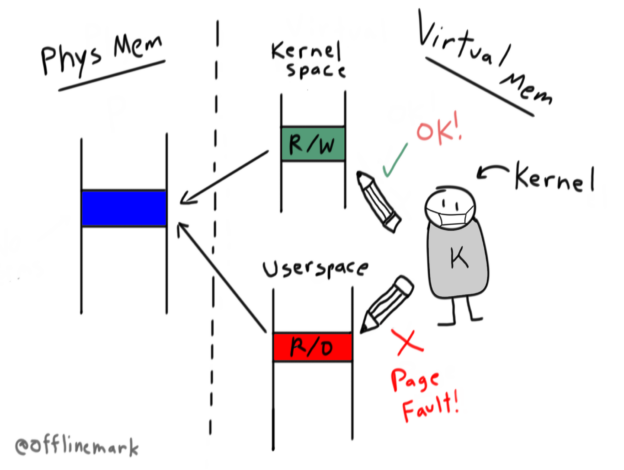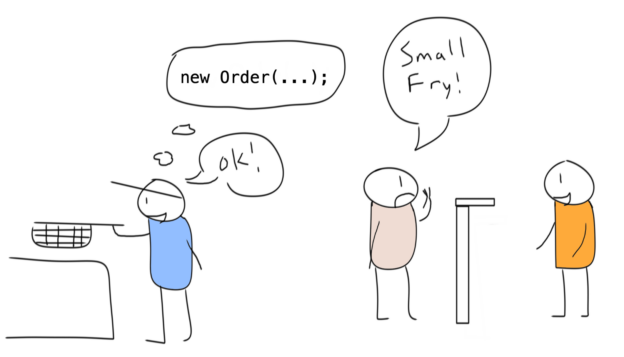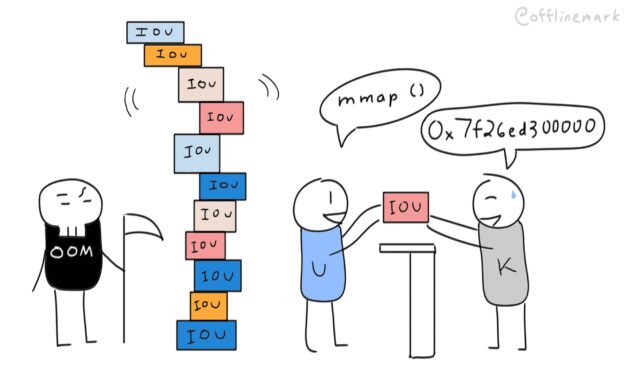Something I’ve learned through my streaming project is that you don’t even need to be super “successful” at what you’re doing to build an audience of people that are excited for you and want to support you.
Based on my experience, you just need to be:
- trying hard
- at something hard
- consistently
- in public
I wouldn’t say I’ve been so “successful” at building an OS. It currently doesn’t even really boot or do anything yet. It does not support running programs at all. All it can do is kind of initialize the hardware and slowly initialize itself to the point where it’s almost ready to run programs. (And I didn’t even write a lot of that code. A lot of it was provided by the base foundation for the course I’m following.)
And none of that matters. People are still excited about what I’m doing, even though it’s not novel in the slightest, and I’m not that “successful”. What matters is simply that I’ve been trying, a lot, and talking about it.



